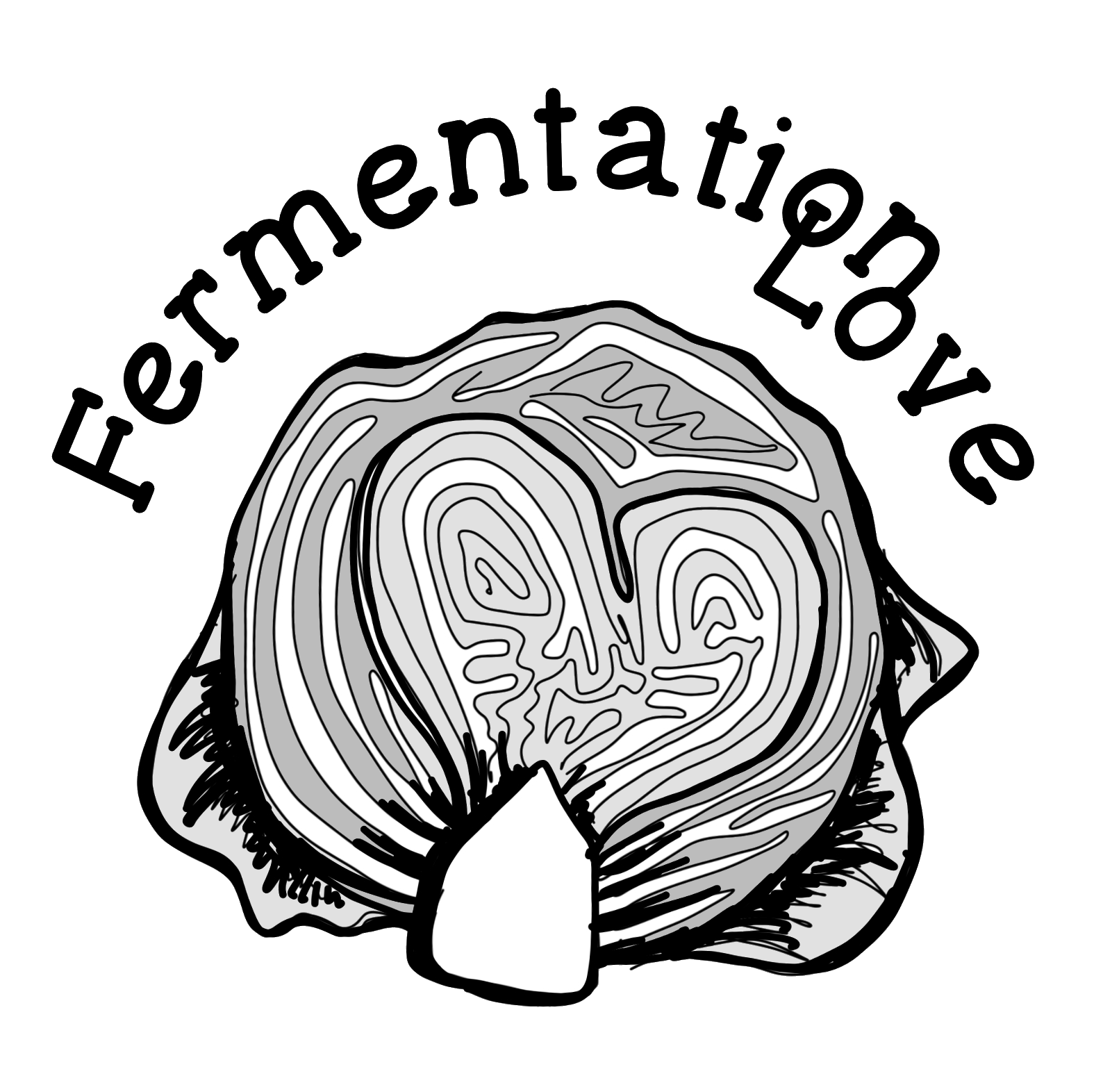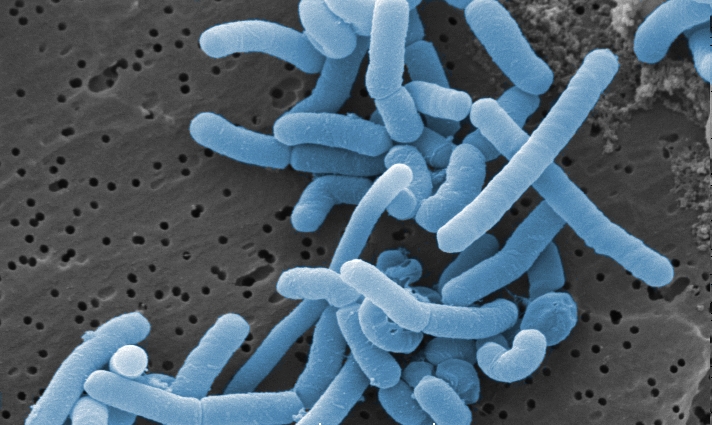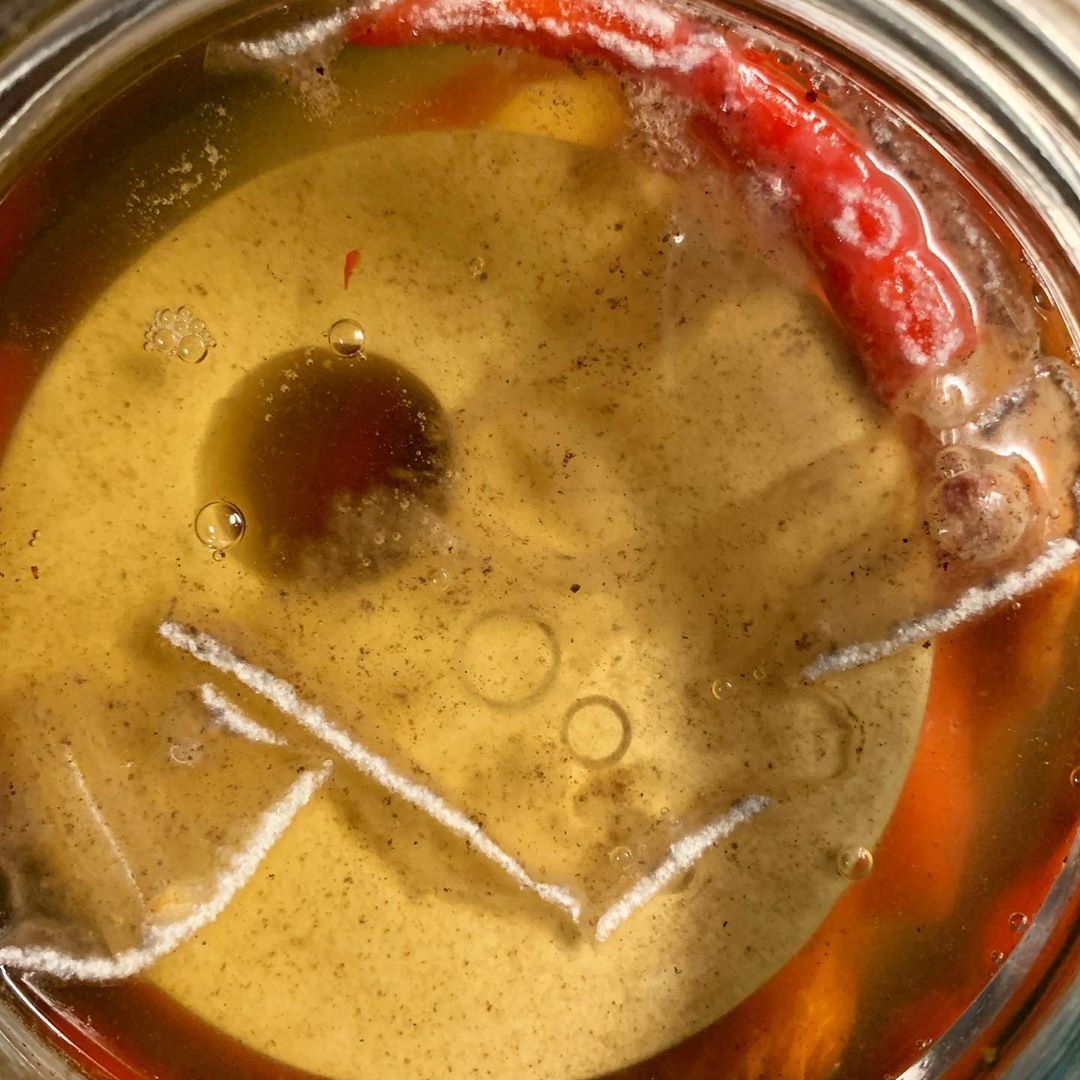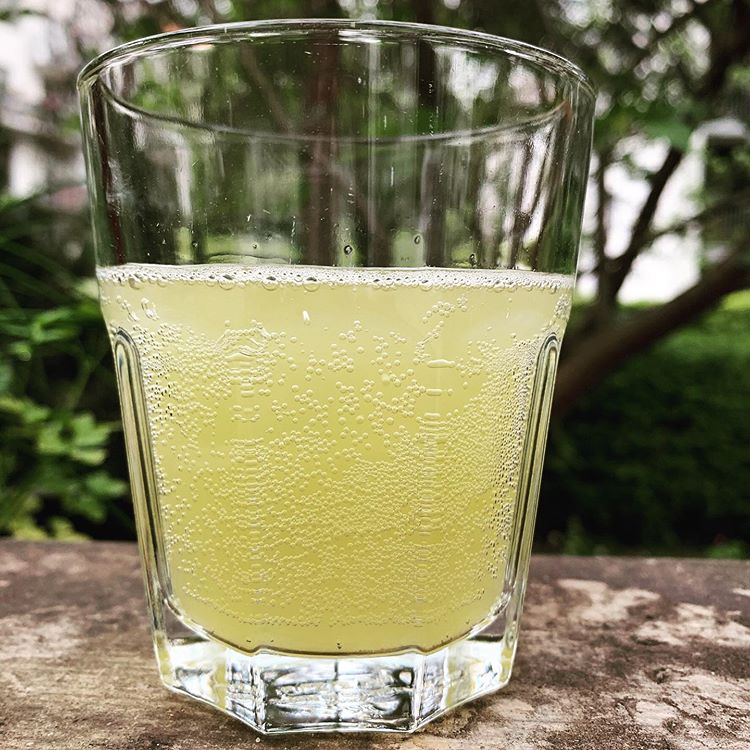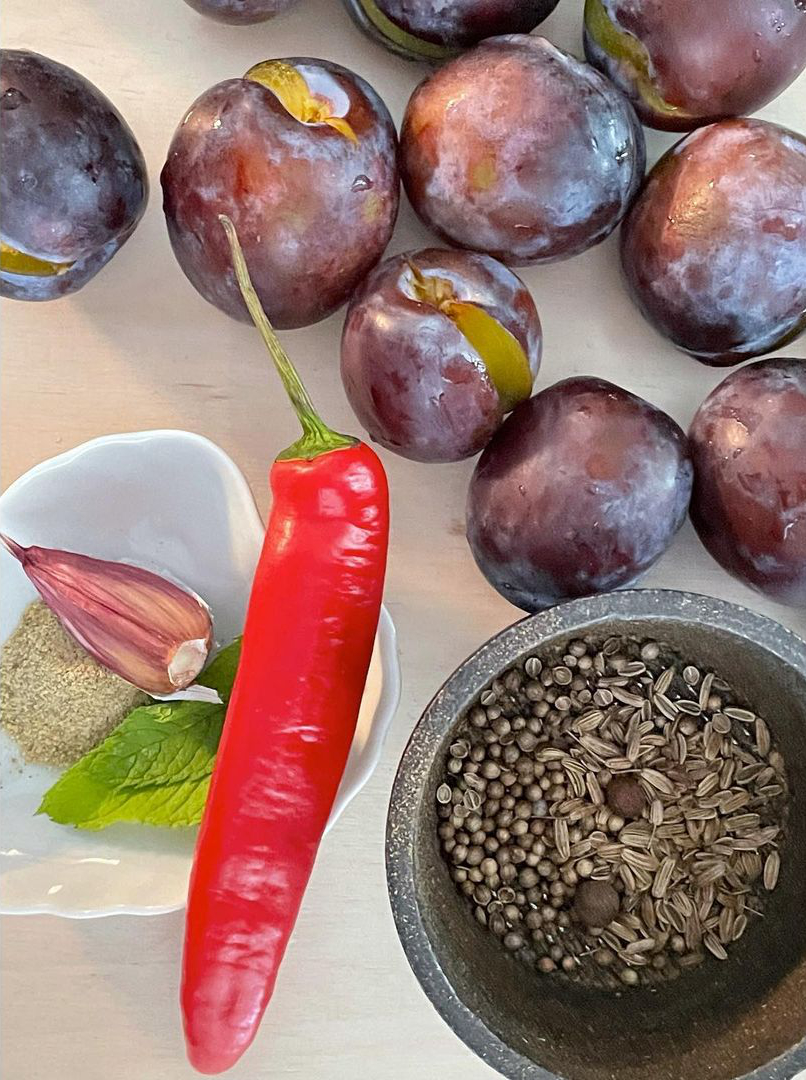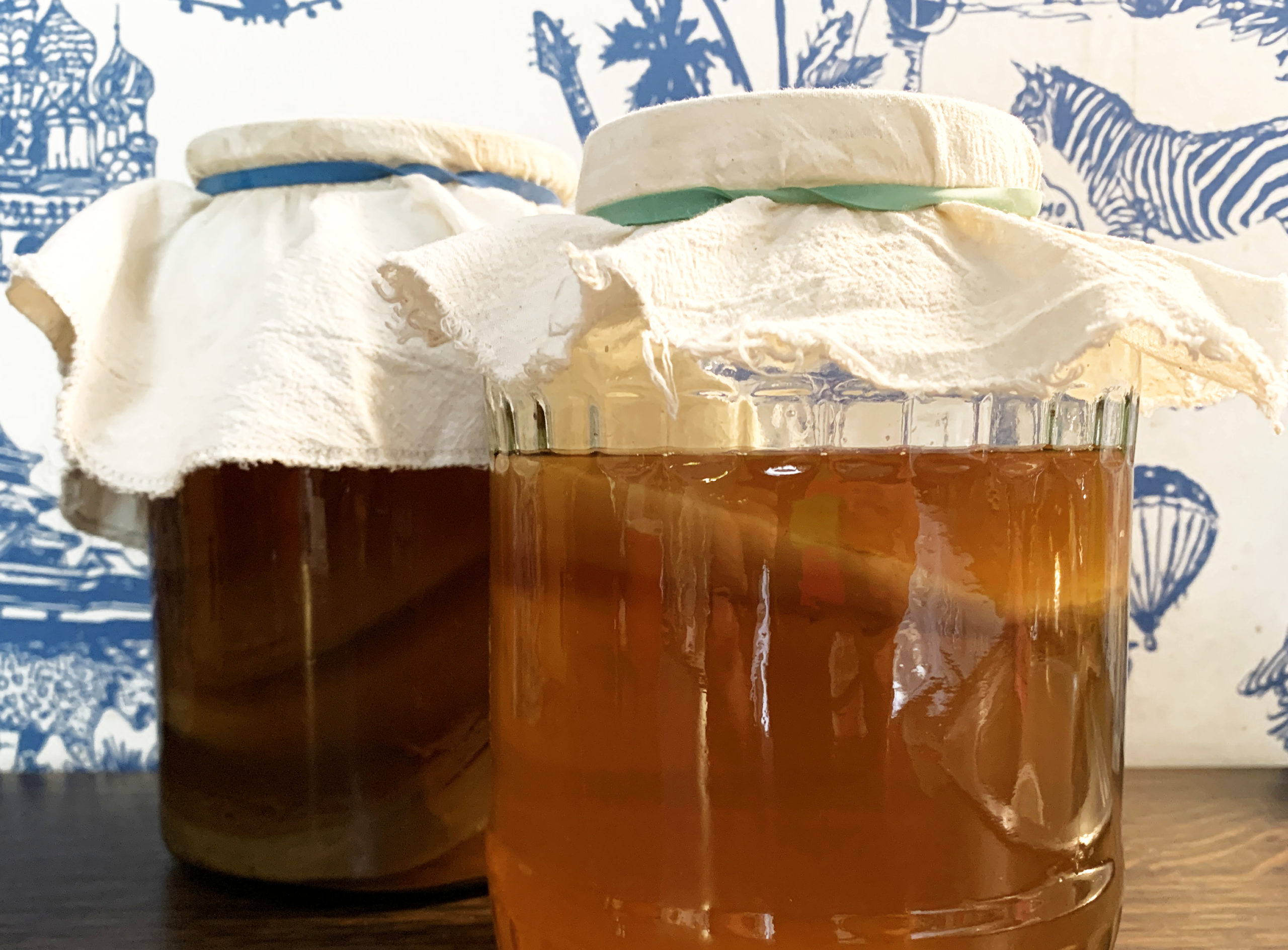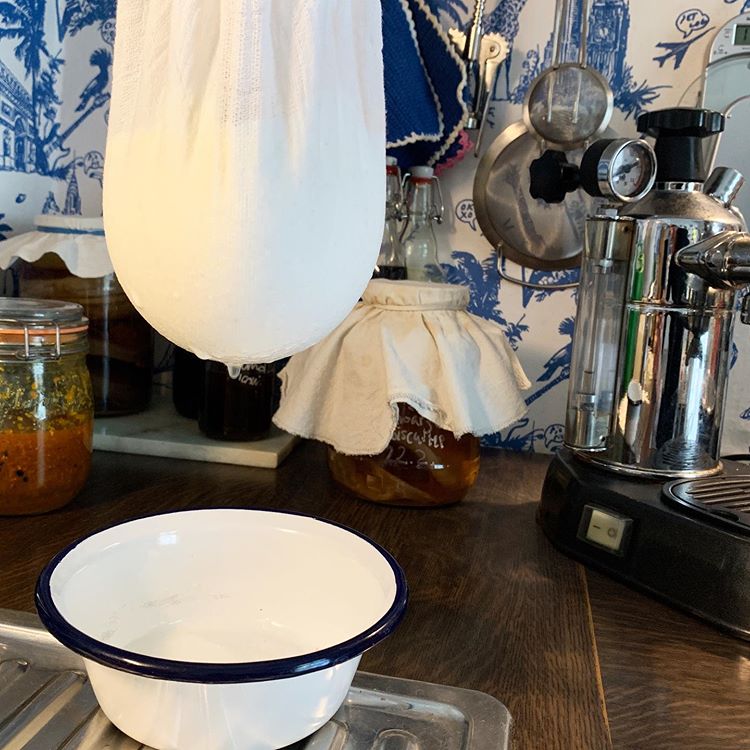So you want to start fermenting and wonder just how to do it?
There are several great books about fermentation. And also the internet is full of good (and unfortunately also many not so good...) manuals and encyclopedic essays on the subject. To find your way around is not so easy, especially in the beginning. But it is worth it!
The good thing is, that
home fermentation is super easy ✔
you do not need expensive accessories ✔
and ferments are not only delicious but also healthy ✔
A win-win-win situation to me!
What is fermentation?
When the conversation turns to fermentation, the first thing most people think of is the wild or spontaneous fermentation of vegetables, which has been a trend among many hipsters for several years. The term was coined by Sandor Elix Katz, a fermentation revivalist from the USA. His first book was published in 2003 under the title wild fermentation. But not only vegetables can be fermented. Especially since the SARS-CoV-2 pandemic, many of us bake our own sourdough bread at home, and yes, sourdough is also a ferment. Whether it's kimchi, sauerkraut or sourdough, we know it and we love it. But the fermenting universe is much bigger than that!
Fermentation has been used worldwide for thousands of years to preserve, improve the nutrient profile and refine the aroma of foods. This is achieved by the targeted reproduction of useful bacteria, either by adding certain yeasts, fungi or other cultures or by the vegetables' own bacteria adhering to them. The latter is called spontaneous or wild fermentation.
Bacteria are friends
The most important good bacterium is called lactobacillus or lactic acid bacterium. Lactic acid bacteria are practically everywhere, even on vegetables, our skin and in the home. In other words, everywhere where they can be useful to us in the preparation of wild ferments 😊 In the fermentation process, they convert carbohydrates into lactic acid and carbon dioxide (CO2) and thereby inhibit other, harmful, bacteria competitors. Other groups of bacteria important for fermentation are staphylococci and micrococci.
Which bacteria gain the upper hand during fermentation is determined by their initial quantity, temperature, humidity and oxygen saturation.
If the fermentation takes place anaerobically, i.e. under exclusion of air, the lactic acid bacteria have an advantage. Likewise, salt does them less harm than some other bacteria. We take advantage of this to produce tasty and healthy food.
The basics of fermentation
The articles on these pages will help you with the most frequently asked questions and give you a solid start. Be sure to read the comments too, mostly everything has actually been asked before - and answered by me.
Basic equipment for fermentation
Wild fermentation - frequently asked questions
Identify and eliminate errors
The most popular ferments
Sauerkraut, kimchi, miso, soy sauce, tempeh, coffee, tea, cocoa, tobacco, cheese, yogurt, tofu, salami, beer, wine or whiskey - all these are examples of fermented food and beverages. In the recipes section, you're sure to find something or other to whet your appetite.
If you feel like fermenting at home, it helps immensely if you familiarize yourself with the basic biochemical principles of fermentation before you get started. Don't panic, it sounds more complicated than it is! I have written everything down for you in a concise and easy-to-understand way, just as I would have liked to read it myself when I was full of wonder and amazement at the beginning.
Have fun and success on your journey into the wonderful world of microbes!
